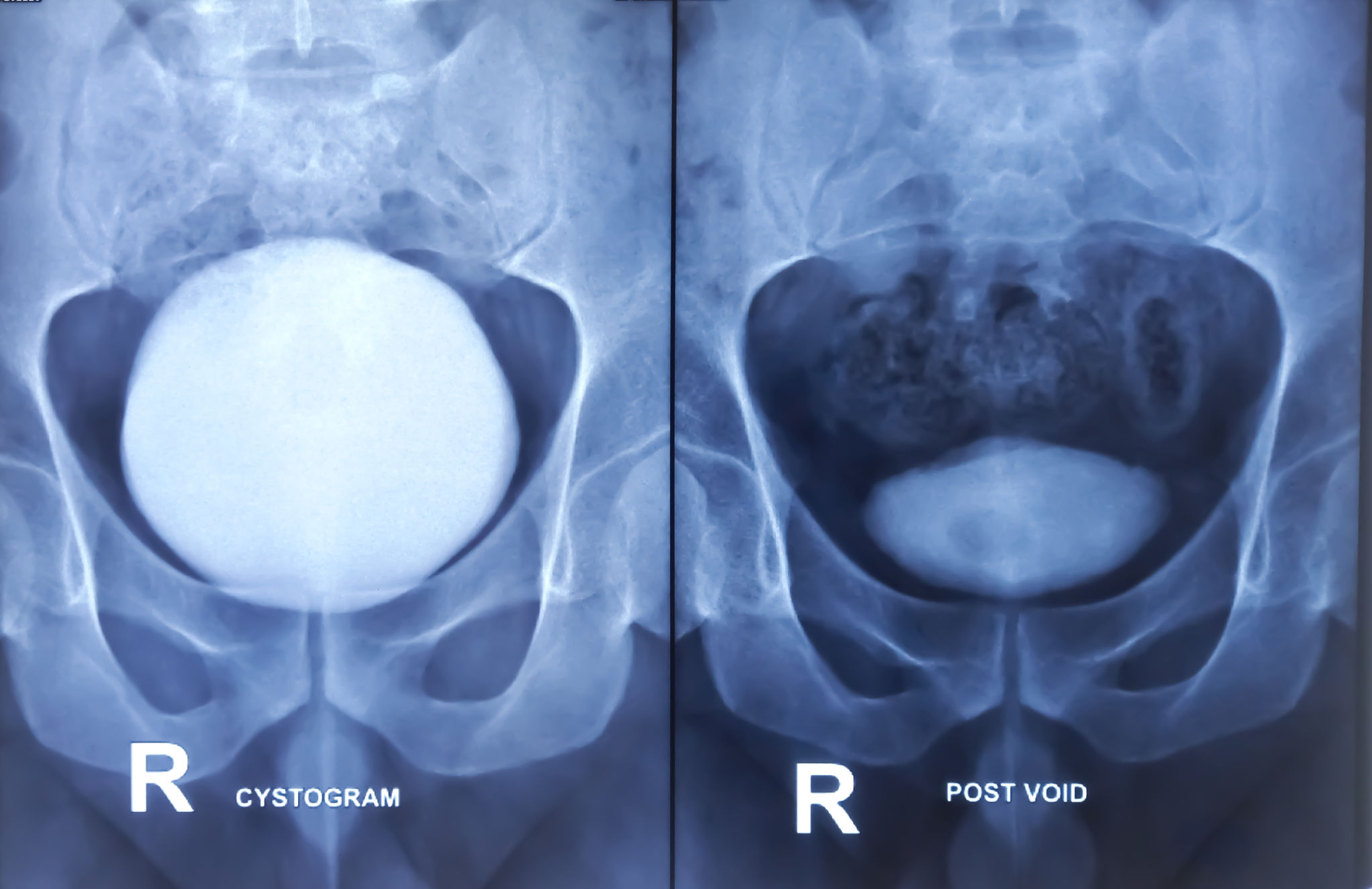Expert Insights: The Latest Trends in Urodynamic Testing
Understanding Urodynamic Testing
Urodynamic testing is a crucial diagnostic tool used in assessing how well the bladder and urethra are storing and releasing urine. These tests are essential for diagnosing conditions like urinary incontinence and other lower urinary tract symptoms. As medical technology advances, the methods and tools used for urodynamic testing continue to evolve, offering more accurate and less invasive options for patients and healthcare providers.
In recent years, there have been significant trends in urodynamic testing that are reshaping the landscape of urinary health diagnostics. From the integration of advanced technologies to more patient-friendly procedures, these trends are helping improve diagnosis accuracy while enhancing patient comfort.

Trend 1: Incorporation of Advanced Imaging Techniques
One of the most notable trends in urodynamic testing is the incorporation of advanced imaging techniques. Techniques such as ultrasound and MRI are now being used alongside traditional urodynamic tests to provide a more comprehensive view of the urinary tract. This integration allows for better visualization of the bladder and surrounding structures, leading to more accurate diagnoses.
These imaging techniques not only help in identifying structural anomalies but also assist in understanding functional aspects of the urinary system. As a result, healthcare providers can tailor treatment plans more effectively to the needs of each patient.
Benefits of Advanced Imaging
- Enhanced visualization of urinary tract structures
- Improved accuracy in diagnosis
- More personalized treatment plans

Trend 2: Minimally Invasive Procedures
Another significant trend in urodynamic testing is the shift towards minimally invasive procedures. Traditional urodynamic tests often required catheterization, which could be uncomfortable for patients. However, new technologies are enabling less invasive approaches, reducing discomfort and risk of infection.
For instance, non-invasive bladder pressure monitors and advanced sensor technologies are being developed to gather essential data without the need for invasive catheter insertion. These innovations are particularly beneficial for pediatric patients and individuals with high sensitivity to traditional methods.
Advantages of Minimally Invasive Techniques
- Reduced patient discomfort
- Lower risk of infection
- Faster recovery times

Trend 3: Digital Integration and Data Analysis
The integration of digital technologies and data analysis tools is transforming how results from urodynamic tests are interpreted. Advanced software solutions now offer real-time data processing and analysis, allowing healthcare professionals to make quicker and more informed decisions.
Moreover, digital platforms enable seamless sharing of test results among healthcare teams, ensuring a collaborative approach to patient care. The adoption of cloud-based systems also facilitates remote monitoring, making it easier for patients to receive ongoing care without frequent hospital visits.
The Impact of Digital Tools
- Real-time data processing and analysis
- Enhanced collaboration among healthcare providers
- Remote monitoring capabilities

The Future of Urodynamic Testing
The latest trends in urodynamic testing signify a promising future for urinary health diagnostics. By embracing advanced imaging techniques, minimally invasive procedures, and digital integration, healthcare providers can deliver more effective and patient-centered care. As these trends continue to develop, we can expect even more innovative solutions that will enhance the quality of life for individuals facing urinary tract issues.
In conclusion, staying informed about these advancements is crucial for healthcare professionals who wish to offer the best possible outcomes for their patients. As technology continues to evolve, so will the capabilities of urodynamic testing, paving the way for improved diagnostics and treatment options in the field of urology.